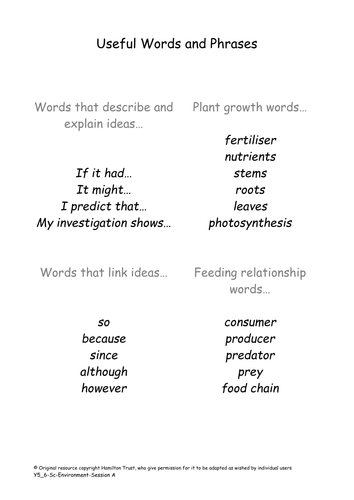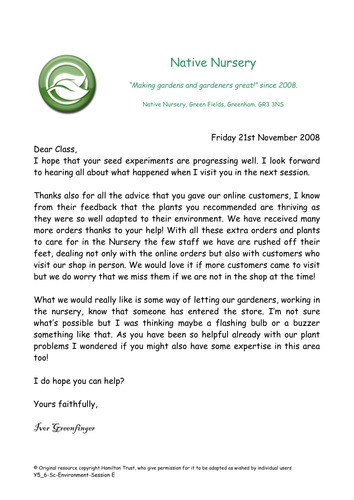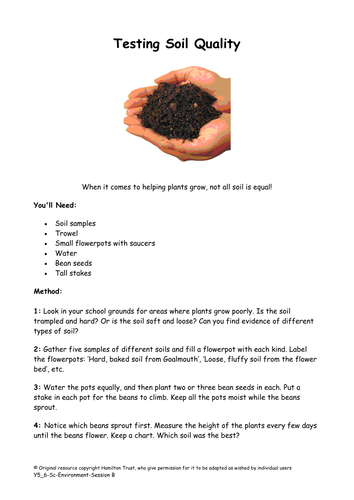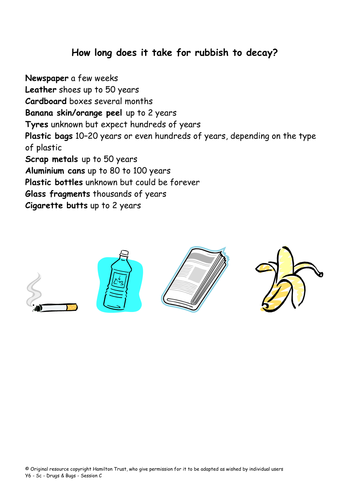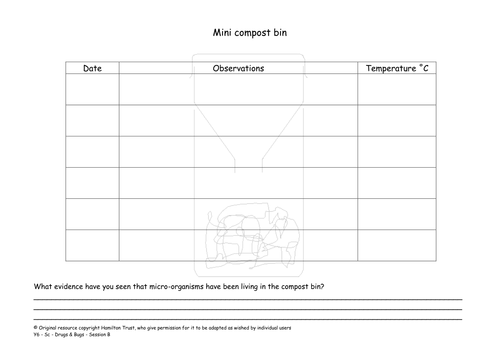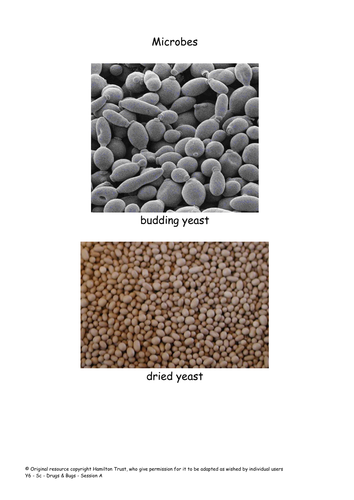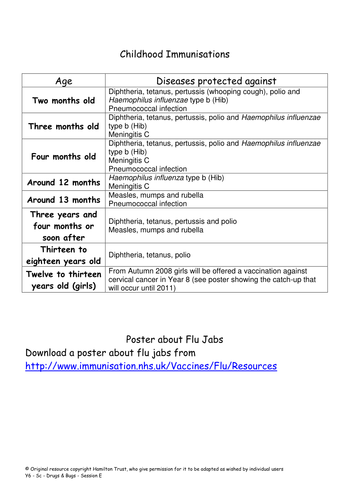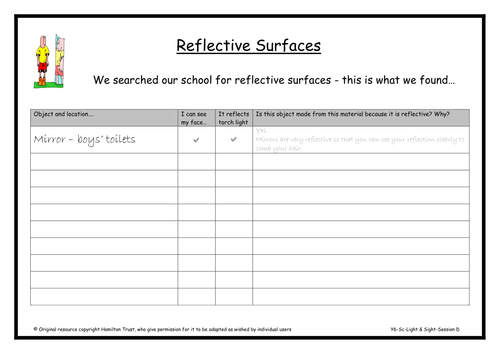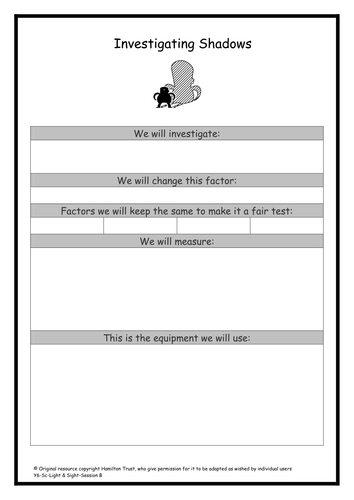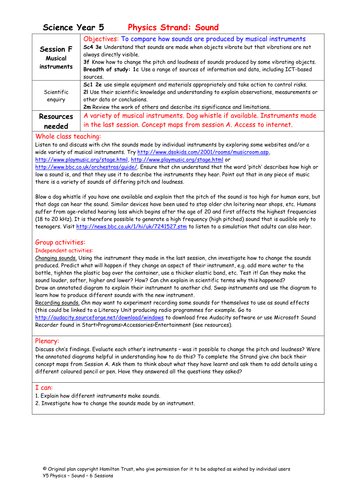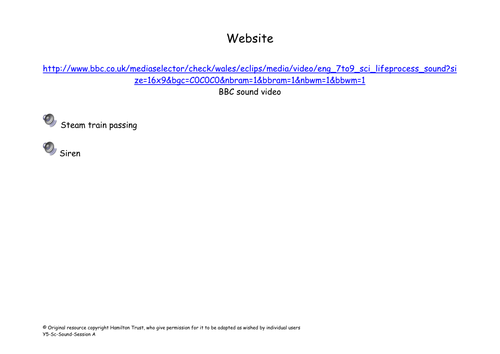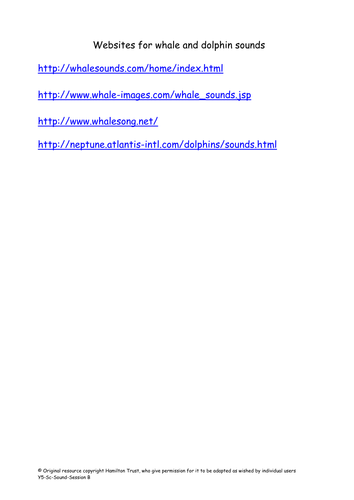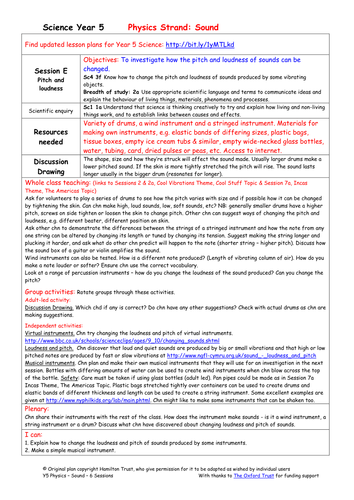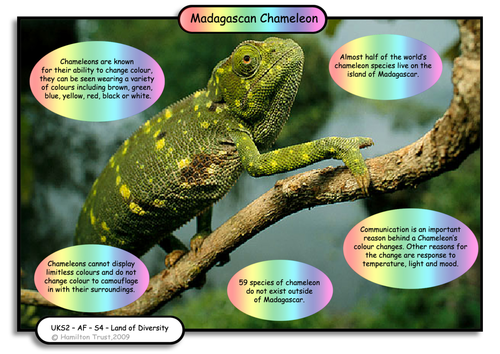
397Uploads
10041k+Views
11644k+Downloads
Primary science

Plant growth
Children receive a letter requesting help from the Native Nursery. Children must design and set up experiments to find the best conditions for growing seeds. They will monitor progress and report their findings in Session F.
Suitable for Y5/6 pupils.

Design Ideas
Yet again the children are called upon to help out Native Nursery, this time to make the shop more secure. The children use their knowledge of electrical circuits and conductors to create and modify pressure activated switches.
Suitable for Y5/6 pupils.

Dandelions
Discussing dandelions! Children raise a question about the dandelions growing in the school grounds before planning and carrying out their investigation. Careful observation and measuring in groups are essential before they draw conclusions. Suitable for Y5/6 pupils.

Presentation
In this session a representative from Native Nursery visits to hear the findings from the growing tests and find out more about the electrical security devices. Will the children impress with their understanding of scientific concepts?
Suitable for Y5/6 pupils.

Soil
Time to get down and dirty! Children bring in soil samples from home and carry out a simple experiment to separate it into layers. This is followed by an experiment to test soil quality before finding out that some plants don’t need soil at all!
Suitable for Y5/6 pupils.

Food and micro-organisms
Look at micro-organisms that are beneficial to food production and the problems of food decay caused by micro-organisms. Study yeast growth and begin some decay investigations on damp bread and apples. Use yeast to make bread rolls and discuss food hygiene.
Suitable for Y6 pupils.

Green micro-organisms
Micro-organisms can be beneficial and in this session children explore their role in compost production.
Find out why it’s important to compost and what can be composted. Make mini compost heaps, look at food chains and create a compost heap story for younger children.

Micro-organisms
Introduce children to bacteria, viruses and fungi as micro-organisms. They are living organisms and are very small. Investigate how the numbers of bacteria grow by simple division and gain an understanding of their size compared to a metre.
Suitable for Y6 pupils.

Diseases and antibiotics
Look at diseases caused by micro-organisms. Invite a health professional into class for children to question. Discuss prevention and cure of illnesses caused by microbes including vaccination and antibiotics. Find out about the work of some famous scientists.
Suitable for Y6 pupils.

Under our feet!
Explore what is under our feet. Draw and label a cross section of the Earth. Discover the three main rock types. Test the permeability of different kinds of rocks. Find out information from websites.
Suitable for Y3 pupils.

Reflection
Reflection research is in order during this session as children discover that shiny and polished surfaces reflect more light than dull surfaces. Can they use mirrors to bounce torch beams or redirect the laser beam to hit the target?
Suitable for Y6 pupils.

Shadows
There will be no time to lurk in the shadows in this session as groups create fair tests to answer questions before carrying them out and recording the results. Groups then draw conclusions and report their findings to the class.
Suitable for Y6 pupils.

Musical instruments
Listen to a variety of musical instruments and investigate how they make sounds in more detail. Explain how to change the pitch and loudness of instruments made in session E and then try out each other’s instruments. Discuss what children have learnt during Strand.
Suitable for Y5 pupils.

Introduction to sound
Find out what children already know about sound. Listen carefully to sounds in the environment. Children try a circus of activities to describe sounds, suggest how musical instruments make sounds, why animals prick up their ears and why some have very large ears.
Suitable for Y5 pupils.

Hearing sounds
Briefly examine the structure of the ear and how vibrations are heard as sounds. Compare light and sound waves further. Discuss echoes and how bats or dolphins use echolocation. Talk about deafness and introduce children to British Sign Language.
Suitable for Y5 pupils.

Investigate soundproofing
Discuss why sometimes it is important to prevent sounds travelling. Plan and carry out an investigation to find out which materials would be best to muffle sounds. A datalogger could be used with this investigation.
Suitable for Y5 pupils.

Vibrations
Explain that all sounds are made by objects vibrating and that sound can travel through gases, liquids and solids. Children carry out some short investigations about vibrations and make a string telephone with a partner. Compare light and sound waves.
Suitable for Y5 pupils.

Seed dispersal
Some seeds rattle, some roll, others are just bursting out all over the place! Children discover that plants disperse many seeds in different ways, what clues do their sizes, shapes, weights and textures give us about how they spread?
Suitable for Y5 pupils.

Pitch and Loudness
Demonstrate how to make high, low, soft and loud sounds with drums, string instruments and wind instruments. Children investigate changes of pitch and loudness of virtual instruments and create their own instruments to investigate in session F.
Suitable for Y5 pupils.

Madagascan Chameleon
Using Madagascan Chameleons as a model, show children how they can focus upon particularly interesting aspects of their chosen creature. They will need to write an explanation of this feature. Model this using the chameleon’s camouflage.
Suitable for years 5 and 6.

